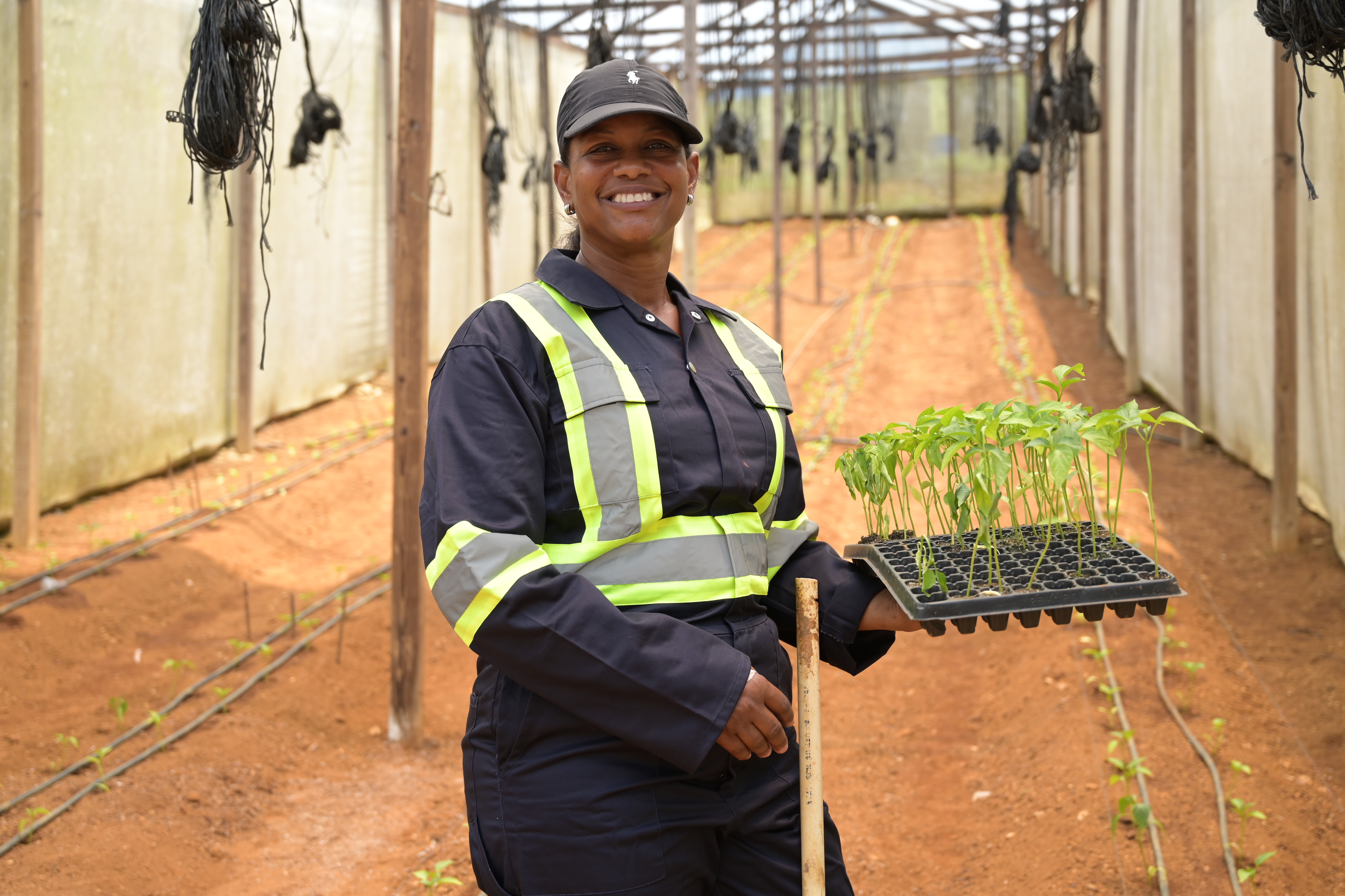Six practical actions for setting and reaching living wage targets in your own operations

With more than one billion working people (a third of the global workforce) struggling to earn enough for a decent standard of living, ensuring a living wage is paramount to our achievement of the 2030 Agenda.
The United Nations Global Compact invites business to join the Forward Faster initiative and commit to Living Wage: Target 1.
By committing to Living Wage: Target 1, your organization is pledging that 100 per cent of employees across your organization earn a living wage by 2030.

Here is a proposed roadmap with practical actions to implement the Forward Faster target on living wage:
1. Learn
Understand the concept of living wage and how it relates to legal or negotiated minimum wages. Paying living wages typically goes beyond paying minimum wages as legally-set minimum wages often fail to meet workers’ needs, often because minimum wages are not adjusted frequently enough to keep up with inflation, leading to wage erosion. According to the International Labour Organization, a living wage is the wage level that is necessary to afford a decent standard of living for workers and their families, taking into account the country circumstances and calculated for the work performed during normal hours.
2. Gather Support
Secure endorsement and support of senior leadership to implement the commitment that 100 per cent of employees across the organization earn a living wage by 2030. Senior leadership support for paying 100 per cent of own employees a living wage by 2030 is critical. It signals a top-down commitment to social responsibility, enhancing reputation and attracting socially conscious clients and customers throughout the supply chain and business operations.
3. Identify gaps
Identify gaps between current wages paid to direct employees and credible living wage estimates, taking into account geographic locations. Analyzing wage gaps and considering geographic variations ensures a realistic living wage commitment. Tailoring strategies to various regions aligns your organization with greater transitions towards social sustainability while supporting local economic development.
4. Engage
Engage with workers and their representatives. The implementation of living wages should include consultation with workers and their representatives to ensure that employers and workers have an equal voice in negotiations and that the outcome is fair and equitable. Trade unions should play a role in wage discussions at enterprise level. Companies need to acknowledge the role of social dialogue in the wage-setting process to ensure that wages and working conditions are influenced by networks of worker representatives, worker committees, enterprise councils and trade unions.
5. Set clear targets
Set clear, time-bound targets and develop and implement a clear and transparent strategy and payment process to address wage gaps to achieve your living wage commitment. This involves openly communicating the strategy to address wage gaps. Clarity ensures accountability and helps employees understand the steps being taken to fulfill the commitment. A well-defined strategy, coupled with transparent processes, promotes trust and demonstrates a commitment to fair compensation practices within the organization.

6. Monitor and update
Conduct ongoing monitoring and update wage levels. Have a process in place to regularly review wages and address any instances of payment that are below the cost of living estimates. This process should also ensure that consistent, full and timely payment of wages has been made to all workers.
By implementing these practical measures, your organization can contribute to SDG 8.


